Will they be in a well-travelled, well-lit area of the store or hidden in a dark corner? Placement and visual merchandising can have a huge impact on sales, and experienced retail shop owners know that. If your products are featured in a high-traffic spot, that’s an excellent sign the shop owner is committed to promoting them.
After a few months of your products being in their store, if they’ve sold well, let the shop owner know you’d like to negotiate a new percentage. If you want to play hardball, you can let them know you’re unable to provide your products for less than that commission percentage. Otherwise, you could let them know what you “typically” expect for a percentage and ask if they’d be willing to come up. At some point, unsold inventory sitting at a shop becomes a disadvantage for everyone. The shop owner will want to replace the product with something new, and you will want an opportunity to work to sell that item in a different venue where customers may be more receptive to the product. This calculator streamlines the process of determining the consignment percentage, offering a practical tool for businesses to manage their consignment sales effectively.
What to drink at the Christmas markets in Prague?
- Fixed assets are company resources that are expected to take longer than 12 months to be converted into cash or have a useful life longer than 12 months.
- The easiest for many is to travel by metro to the stop Muzeum (at Wenceslas Square), or the stop Náměstí Republiky.
- While it’s a little extra work, setting up the display yourself for a local retailer can be worthwhile because you’ll be able to ensure your products are displayed to their best advantage.
- If you have the possibility, it is normally cheaper to book hotel rooms during weekdays compared to the weekends.
- If the consignment shop doesn’t focus on selling handmade products, their commission percentage may again be higher.
We can define consignment as the process of selling on behalf of someone else for some percentage of sales. Consignment is any business arrangement whereby manufacturers or retailers leave their merchandise to third parties to sell for them. Manufacturers or retailers are called a consignor while the sellers are called consignee. The consignee must factor in all expenses related to selling the items, such as marketing, storage, and employee compensation, when determining consignment pricing. All of these expenses must be covered by the consignment percentage while yet leaving the consignee with a respectable profit. When calculating the consignment percentage, the consignee must also take the worth of the items and the market demand into account.
- If your products sell, you make money, if they don’t sell, you get the product back and could be taking a loss or incurring more costs to try to sell them on your own.
- The commission rate that the consignee receives for each sale is referred to as a consignment percentage.
- The consignee doesn’t pay any upfront payment and can return goods if sales are not recorded at no additional cost.
- It won’t be beneficial for you or the shop owner if your products aren’t a fit for the type of person who shops there.
- This is the place to buy local handicrafts, taste local drinks and food, and listen to and watch local artists perform at the stages in different locations in Prague.
A consignment business’s financial records, including its revenue, costs, and inventory, must be evaluated in order to determine its value. The company’s value may also be influenced by its standing, the caliber of its stock, and the quality of its connections with suppliers and customers. You can estimate the value of your consignment business with the aid of a qualified business appraiser. Creative partnering events like these can provide good promotional opportunities for you and the retailer and can boost sales and build goodwill and loyalty all around. The retailer should track inventory what is a fair consignment percentage and sales, but it serves your best interests to keep track yourself as well, just in case there’s a discrepancy. You’ll have inventory tied up at the store(s), and you won’t be able to retail those items yourself at other venues.
Consignment Percentages vs. Wholesale and Retail Percentages
The consignment shop may take a higher percentage if they’re an established shop and generate good sales. You, the seller, are likely benefiting more from a consignment deal than they are since they have a list of businesses that would like their products in their store. Will you provide display stands and set up the display yourself, or will the retailer provide stands and create the display?
Popular posts
Beyond guidance on how to work with galleries, the book is full of excellent career-building for artists. It’s a must-read for anyone who wants to build a creative career which includes elements of the traditional fine arts world such as working with galleries. Together, they have written the fabulous book, Starting Your Career as an Artist, which contains extremely helpful advice for artists who want to approach galleries. I earn a commission for purchases made through links on this page.To learn more, please see my disclosure.
The third party is the consignee in this arrangement, while the seller is referred to as the consignor. In exchange for marketing and selling the consignor’s products, the consignee receives cash only when the items are sold. In a consignment agreement, the seller entrusts the care of their products to the consignee, who subsequently sells them on their behalf. The commission rate that the consignee receives for each sale is referred to as a consignment percentage. Before the products are sold, the consignee and the seller come to an agreement on the percentage.
Prague Christmas markets 2025
The consignor might have some input on the pricing, but the consignee will frequently establish the price for each item. Consignment selling is one of a range of business models that include retail and wholesale — and a consignment percentage split is different from a wholesale percentage and a retail percentage. When you retail the item yourself, you keep the full $50 retail sales price.
It will provide a solid starting place, and you can adjust any elements of the form to suit your own specific circumstance and agreement. You’ll need to ensure your products are being promoted effectively by the retailer, so it’s worthwhile having them in the shop and not in you craft booth at shows. There are pros and cons to entering a consignment agreement with newer, less established stores. The shop owner will be making judgments that will impact her decision from the initial meeting. Remember, she’s not just assessing whether your products would sell well in her shop; she’s also assessing whether you are a person she would want to work with. Will your products be featured near the front of the shop or in another high-traffic area, or will they be placed in a dark back corner of the store?
Typically, in a consignment arrangement, the original owner, or consignor, brings their goods to the consignment shop for sale. When an item sells, the retailer retains a portion of the proceeds, and the consignor receives the balance. Depending on the retailer and the sort of item being sold, the consignment rate might range from 30% to 60% or more. In all three cases, you, the craft artist incur the costs and risks involved in creating the product. Best Consignment Shop Software (BCSS) provides comprehensive tracking of consignor percentages, sales data, and payment processing in one integrated system. The software features customizable settings that allow store owners to create different commission structures based on item categories, merchandise value, or individual consignor agreements.
On the other hand, if the shop is new, or your product is new to the retailer, she might not have display stands designed to show your items at their best. For example, if your handmade jewelry is the first jewelry a retailer has sold in her shop, she might not have necklace busts or earring stands to show your items properly. A retailer who has wholesale products in her shop may be less motivated to promote your consignment products because her greatest risk and reward often comes with selling the wholesale products in her shop. A consignee only helps to sell a consignor’s goods and leftovers are sent back after agreed period lapses.
The original owner of the dress and the consignment shop each get a cut of the proceeds. If you will be profiting by selling your products through a consignment shop, then you must consider if you’re profiting enough. For example, if I sell candles with sarcastic phrases on them, some even using swear words, I would want to approach a consignment shop that targets consumers who are a little edgier.
Network with individuals you know – perhaps people you’ve met at craft show or in your local arts or crafts council – to find a retailer you can trust and with whom you can build a mutually beneficial relationship. You need to communicate clearly, and in writing, with a consignment sales agreement to ensure the best chance of building a positive experience that is a win-win for you and the retail shop owner. There are pros and cons to consider before you decide to dive into consignment selling, but, under the right circumstances, craft consignment can provide a welcome opportunity to grow your handmade business.
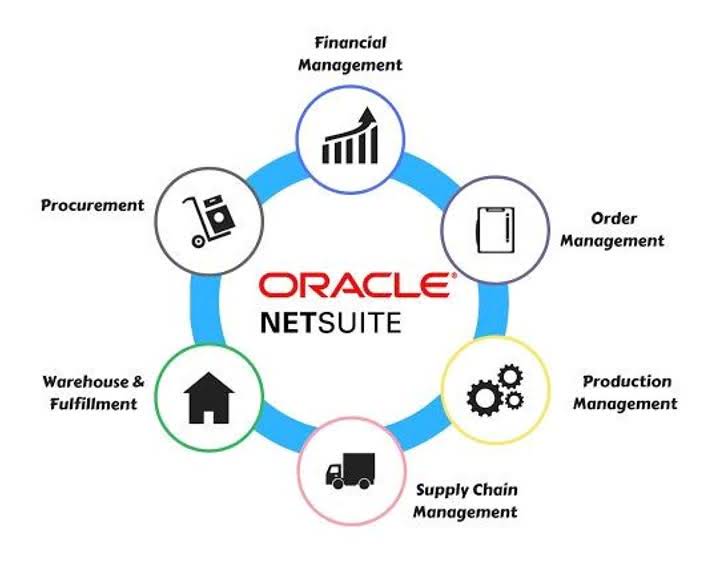
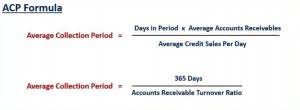
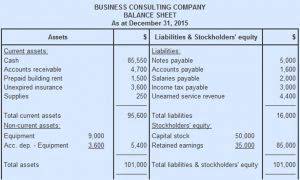
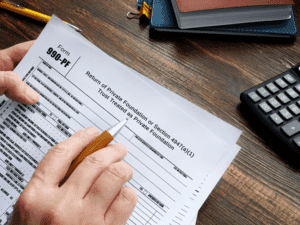



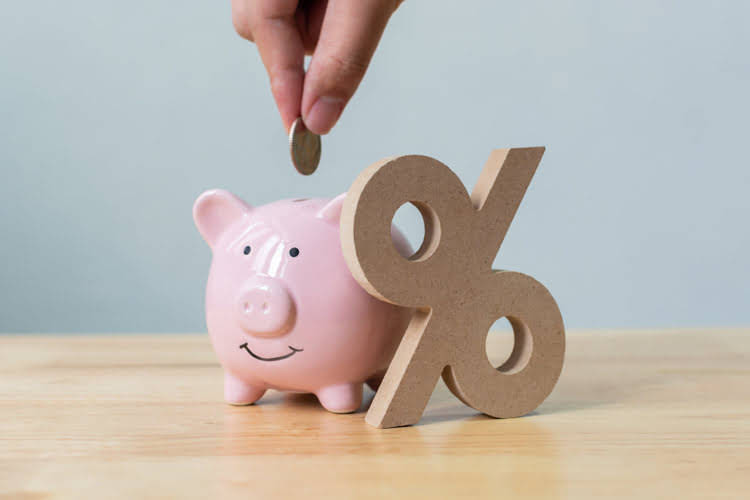








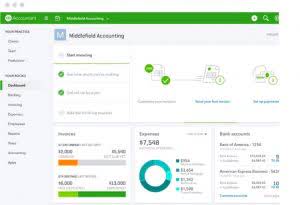
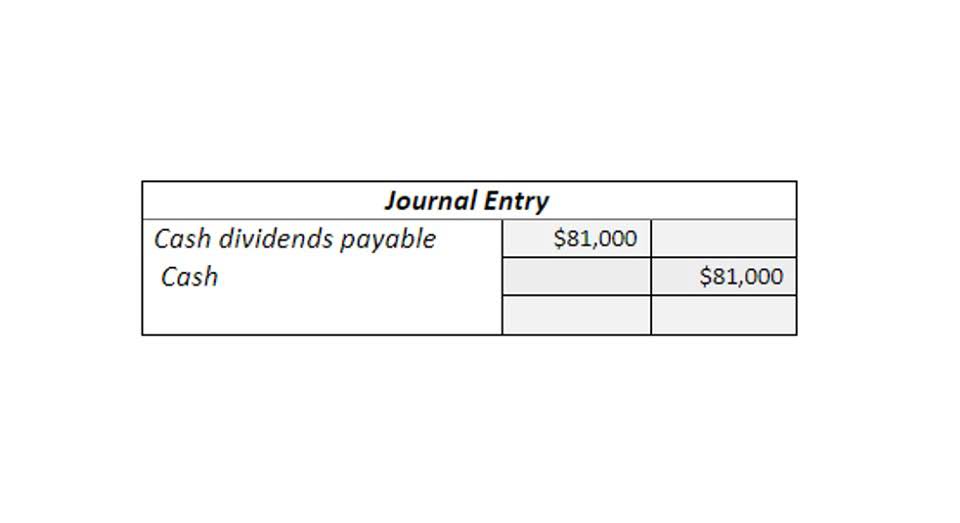
















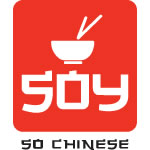




Recent Comments